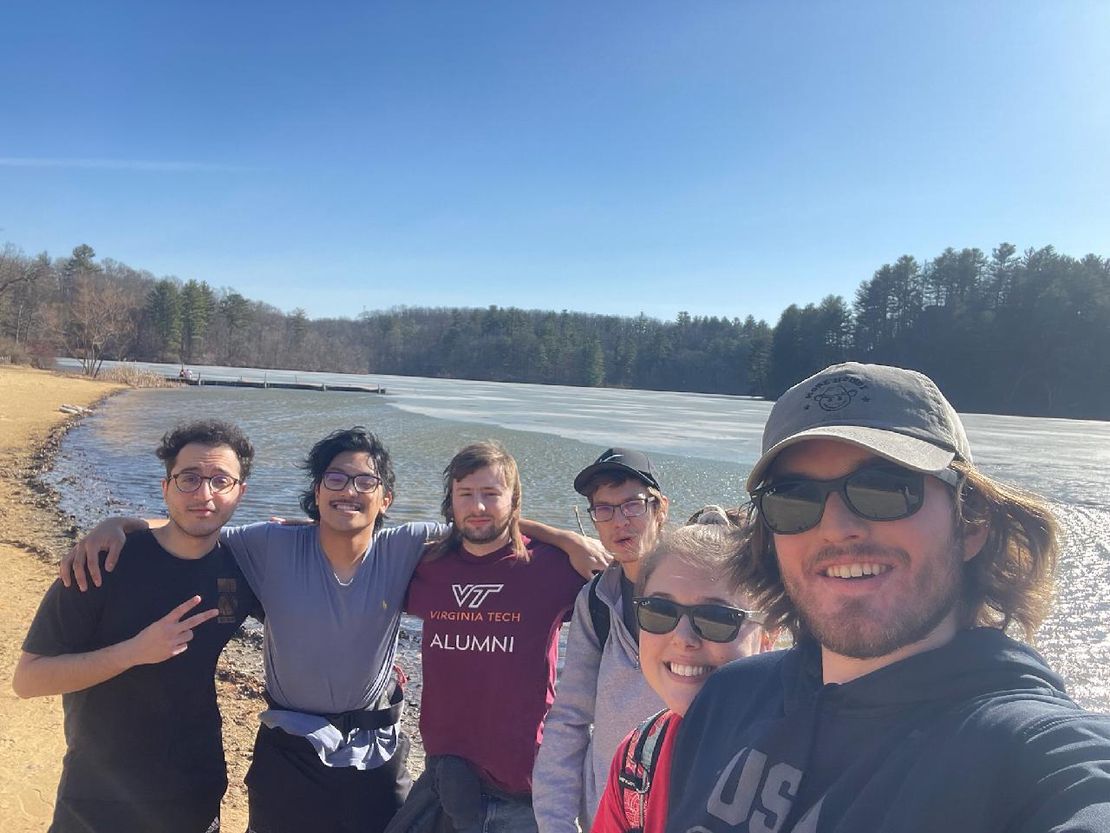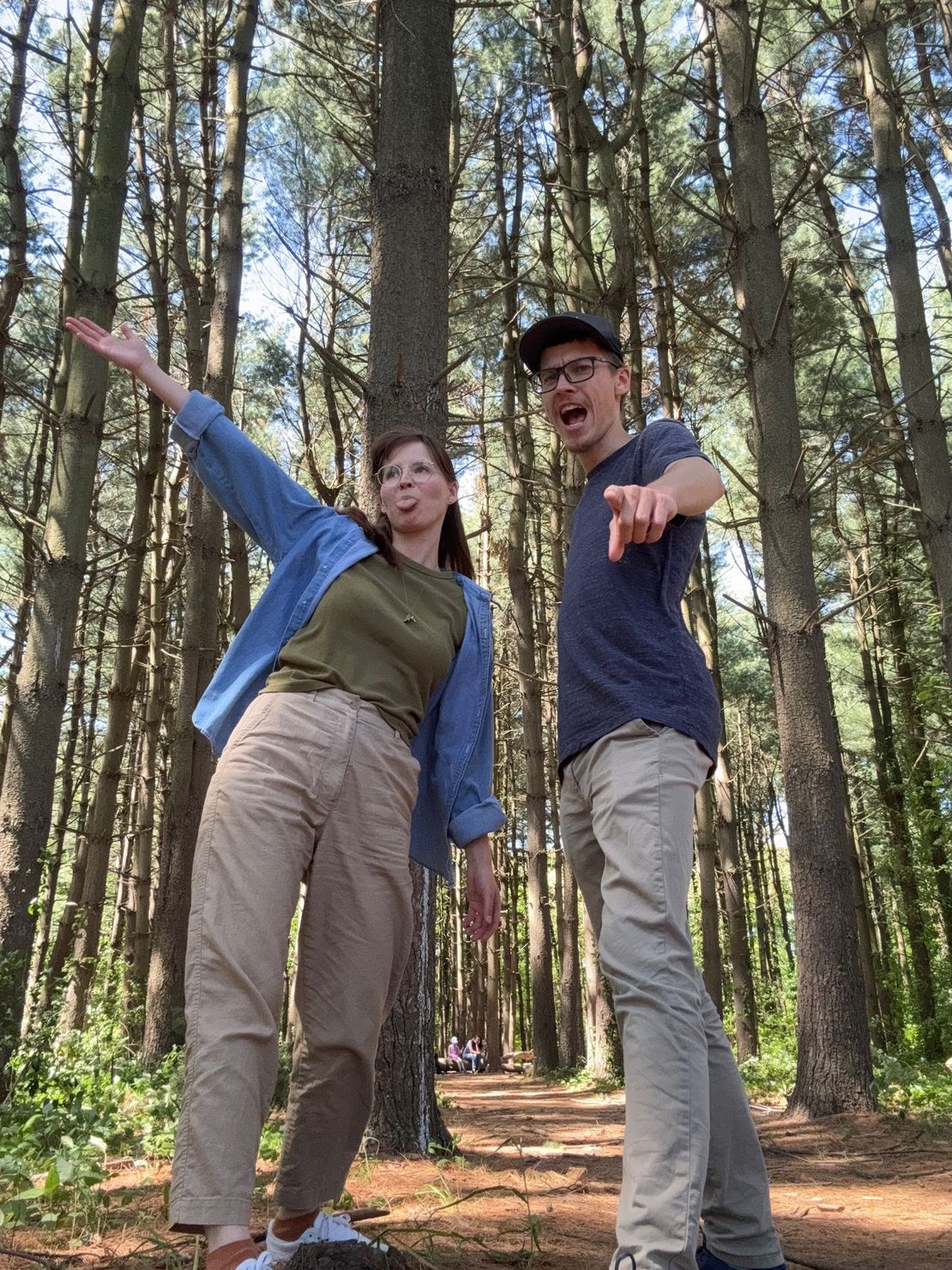Creating This Website
- Marcin Wisniowski
- Website
- August 31, 2024
I had gone through multiple decisions when coming up with an alternative to my approach to documenting my journey in Australia. While it initially started as a bunch of google documents with links to photos and videos that I had taken, I wanted to take it one step further in making it available for anyone to see in the world. And so I decided that I might as well make a website and try to figure out what it would take to host it and make it publically available, but also easy to manage.
With some other stuff at work having me learn AWS, I initially started my attempt there. I also knew that while wordpress and other Content Management Systems like it were popular to use, I didn’t need and didn’t want the bloatware that came with it and other things like bootstrap. I wanted to start simple, and was fine with developing things myself if I wanted to expand it from there.
Because of that, I started looking into things like static webpage generators and saw a few that caught my interest including Hugo, Jekyll, and Docusaurus. I don’t think I can really tell you why I chose Hugo out of all the choices, but it seemed to be popular and I’ve learned throughout some of my other choices in life that sometimes it’s just important to choose something, even if it isn’t exactly the perfect thing, instead of getting stuck in the world of analysis paralysis.
I took some time to learn how to use it and create new web pages, which I am taking a video of for you here, and it seemed intuitive enough. Hugo also had a further templating system that was open source called Hugoplate, which I found by looking specifically into any available options in Hugo that used tailwind.css, a framework that I was intrigued to start using after learning about it when researching front-end CSS options at work. Here’s a video of me writing up this blog post itself. The only missing part at the end of the video would include me using the hugo command to build the new posts into a public folder and then using git to upload the new files to github to then update to the website.
At the current state, I’m happy with the development pipeline I have here with Hugo, the HugoPlate theme, and Github Pages being connected to my own domain ($20/year). As I mentioned above, I tried to initially do this work within AWS and have it so that I didn’t actually upload google photo links to the images and videos, but actually stored the raw images and vidoes so that I could have them protected and accessible from anywhere, but after doing the math I found that it would cost me (and continuously go up) $10s of dollars a months to do that.
I tried to then move it to do that attempt but in a self-hosted manner, thinking that I had the space on my own PC so I didn’t need to rent it out in the cloud, however I hit some issues with opening up the HTTPS port from my router to the public internet and so the website wasn’t accessible, even when it was running locally. At the end, I thought to move the files over to github and run the website as a github pages render and just point my domain to it. For the time, I think this works as regular text files aren’t that large in storage and really the only photos I am putting in the project are the ones for the header images and embedded into the posts themselves, which shouldn’t be a lot.



